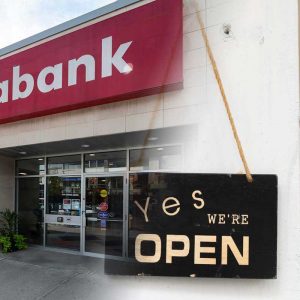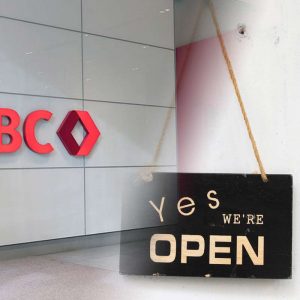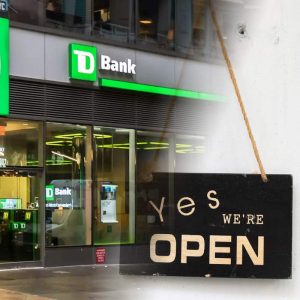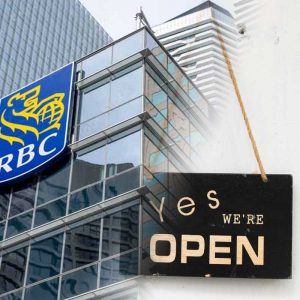Last Updated on June 17, 2025
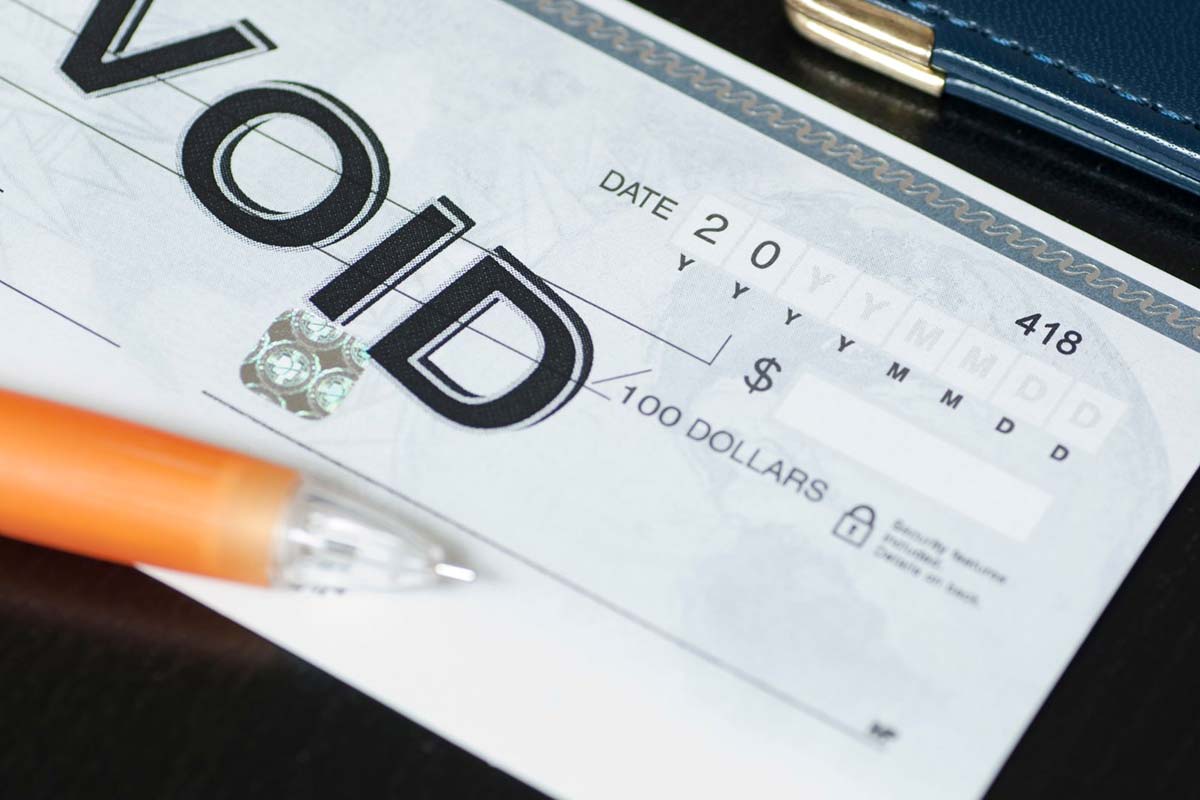

If you live in Canada, you’ve probably been asked for a void cheque at some point—maybe when starting a new job, setting up automatic bill payments, or dealing with a government agency. But if you’re like many people, you might be wondering: What is a void cheque exactly? Why is it needed? And how can I get one if I don’t even use cheques anymore?
In this comprehensive guide, we’re going to walk you through everything you need to know about void cheques in Canada. From the basics to more advanced questions, you’ll finish this article confident about when and how to use a void cheque—without ever needing to leave your couch.
We’ll also cover alternative methods, digital options, common myths, bank-specific instructions, security tips, and frequently asked questions. Whether you’re setting up direct deposit with the CRA, paying rent, or automating your finances, this guide is for you.
Understanding the Basics: Definitions
Void Meaning
A “void” definition is to invalidate or make not legally binding. In the world of banking, a cheque can be void, meaning it is no longer able to be used, cashed, or deposited.
Void Cheque (or Void Check) Meaning
Literally, a void cheque is a paper cheque from your chequebook that has the word “VOID” written across it in large letters. The purpose of voiding the cheque is to ensure that it can’t be used to withdraw money from your account. Despite being voided, the cheque still displays essential banking information needed for direct deposits or pre-authorized debits.
When you void a cheque, it makes it impossible for anyone to use it as a form of transferring money from your account to anywhere else. This will protect you in the case of any fraud or malicious people who get their hands on your cheque. A void cheque has a lot of uses that many people may never have encountered before. By voiding your check, you can be certain that it will only be used for your intended purpose.
What Information Is on a Void Cheque?
Even though a void cheque can’t be used to make a payment, it still contains crucial banking details that companies need to deposit or withdraw funds:
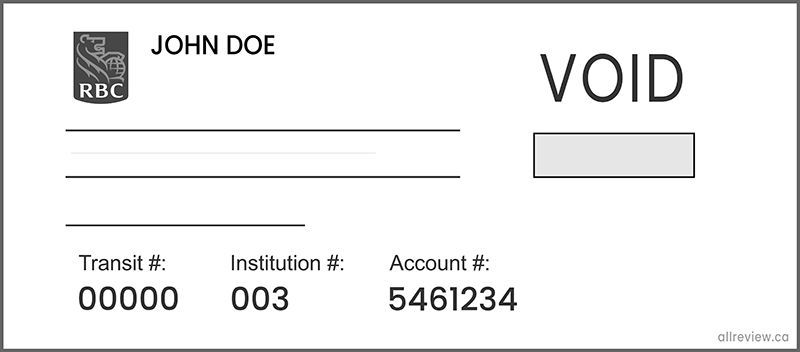
- Transit number (5 digits): Identifies your specific bank branch.
- Institution number (3 digits): Identifies your financial institution (e.g., TD is 004, RBC is 003).
- Account number (usually 7-12 digits): Unique to your personal or business bank account.
- Bank name and address
- Your name and address (if printed on the cheque)
These details are printed along the bottom of every cheque in MICR (magnetic ink character recognition) font. This standard formatting ensures machines can easily scan and read them.
When Do You Need a Void Cheque in Canada?
Cheques contain all the necessary information that employers, banks, and other institutions need to set up payments with your bank accounts. It is a great way to prove your name, bank, routing number, and account number. However, handing over a blank cheque to someone is a risky business. Voiding a cheque before you hand it over to anyone will make sure that the cheque is only used to transfer important information rather than your money.
The most important information taken from a cheque is a routing number and account number, so why do we need to provide a void cheque? Simply, providing a void cheque is the easiest way to transfer this information with the least chance of error. Instead of having to read someone’s handwriting or risk typos, a void cheque will be a proven, perfect document.
Knowing when to use a void cheque can save you time and hassle. Here are common scenarios where you’ll be asked to provide one:
Pre-Authorized Payments (PADs)
Preauthorized payments are one common reason why you may need a void cheque. Rather than remembering to send money every month, you can set up automatic payments from your bank account to pay for bills. This can prevent you from incurring late fees or losing your payments in the mail. Many people choose to set up these payments for credit card bills, loans, and utility bills. To set up these preauthorized payments, the bank or company will ask for a void cheque so they can receive your accurate routing and account information.
Setting Up Direct Deposits
Direct deposits are another common reason you may need to send a void cheque. Setting up direct deposits means you can get paid faster and more directly rather than receiving money in the mail and depositing them yourself. Many payments are set up as direct deposits, such as payments from your employer or gains from investments. These companies will need your routing number and account number from a void cheque to make sure they set up this deposit correctly and don’t end up paying someone else!
Receiving Government Benefits
To receive payments like the Canada Child Benefit (CCB), Employment Insurance (EI), Old Age Security (OAS), or tax refunds, you may need to supply your banking info via a void cheque.
Paying for Your Insurance Products
You can pay for your insurance products by setting up automatic payments with a void cheque as well. Often, insurance companies won’t accept credit cards and other forms of payment, forcing you to set up monthly withdrawals from your account instead. They will ask for a void cheque to get the correct account information from you.
Verifying Bank Account Ownership
Financial institutions and some landlords request a void cheque as part of your identity and financial verification process.
What If I Don’t Have a Void Cheque for Direct Deposit?
Writing paper cheques is going out of style, and many people actually don’t have cheques anymore. It’s much more common to make payments or receive payments through debit cards or cash. If you don’t have a void cheque to offer, it’s not always the end of the world. Many companies are flexible enough that they are willing to set up payments in a different way.
Because the most important information is the routing number and account number, you may be able to provide this information without it being on a cheque. You will just want to make sure the information you provide is completely accurate. You may also be able to fill out a different form provided by the company or get a direct deposit form from your bank.

How to Get a Void Cheque?
Online banking is taking over the world, which means banks have made it easy to set up direct deposits and automatic payments without even leaving your home. Many banks also have apps that let you perform your online banking needs through your phone.
Since many Canadians don’t use cheques anymore, here are a few ways to get a void cheque or equivalent:
1. Download a Void Cheque via Online Banking
Most major Canadian banks offer downloadable void cheque forms directly from your online account. These are typically under sections like “Account Services” or “Direct Deposit Info.”
2. Request a Pre-Authorized Debit (PAD) Form
A PAD form contains the same account information and is widely accepted as a substitute for a void cheque.
3. Ask Your Bank for a Bank Account Verification Letter
Most Canadian banks can provide an official letter with your account details on request. This is often accepted by landlords or financial institutions.
How to Download a Void Cheque Online
Downloading a void cheque has never been easier! Most major banks in Canada offer convenient online options to access this essential document, saving you a trip to the branch. Below is a quick guide to help you navigate the steps for downloading a void cheque from several popular banks.
| BANK | STEPS TO ACCESS ONLINE |
| RBC | My Services > View and Print Void Cheque |
| TD | Accounts > View Direct Deposit Form |
| Scotiabank | Account Details > View Void Cheque |
| CIBC | My Accounts > Direct Deposit Info |
| BMO | My Accounts > View and Print Direct Deposit Form |
| Desjardins | AccèsD > Documents > Download Void Cheque |
| Tangerine | Account Details > Pre-Authorized Debit/Direct Deposit |
| EQ Bank | Support Chat or Account Settings |
Tip: Use your bank’s mobile app for quicker access to these documents.
How to Write a Void Cheque
Make sure you have a cheque for the correct bank account that you are looking to set up with the company. You can tell by matching the numbers on the bottom left-hand corner of the cheque to the account information you have in your bank documents or online banking. Below is the step-by-step guide for you to follow:
- Take a blank cheque from your chequebook.
- In large letters, write “VOID” across the front. Make sure it covers the entire cheque.
- Use a black or blue ink pen and write clearly.
- Do not sign the cheque.
- Ensure the transit, institution, and account numbers at the bottom are still visible.
- Keep a photocopy or digital copy for your records.
Pro Tip: If you need to submit it digitally, scan or take a clear photo of the voided cheque.
How to Print A Void Cheque
In many cases, printing void cheques is as easy as logging into your online banking account and finding the void cheque. You should be able to print a copy of it once it has been authorized. It is recommended that you do so to keep for your own records
Can You Print Out A Void Cheque Online?
If you are looking to print a blank cheque that is already void, it is possible to use a cheque printer to generate an image of a blank cheque with the word “void” on it for you to fill out and send in. This option is not always valid, however, so you’ll need to check with the company to find out what they accept.
Alternatives to a Void Cheque
If you don’t have a void cheque, consider these accepted alternatives:
- Direct deposit forms from your bank
- Bank account verification letter
- PAD agreement forms
- Screenshots or PDF from your online banking showing account details
- Void cheque generator on bank websites
These are all usually accepted for the same purposes as a physical void cheque.
Is It Safe to Share a Void Cheque?
Generally, yes—as long as you follow basic safety precautions:
- Never sign a void cheque
- Write “VOID” in clear, permanent ink
- Only provide it to trusted sources (e.g., employer, CRA, landlord)
- Avoid sending via unsecured email
- Shred it if no longer needed
Security Reminder: A void cheque should never be used to withdraw funds, but the information it contains is sensitive. Always handle with care.
Void Cheque vs Cancelled Cheque: What’s the Difference?
It’s easy to confuse a void cheque with a cancelled cheque, but they’re not quite the same thing:
- Void cheque: You void it before it’s used, by writing “VOID” across it. It’s never meant to be cashed.
- Cancelled cheque: This usually refers to a cheque that was written and then stopped or reversed after being issued—either through a stop payment request or because it was returned.
In most cases where someone asks you for a “cancelled cheque” for banking setup purposes, they actually mean a void cheque. It’s just a matter of terminology.
Specimen Cheque vs Void Cheque: Understanding the Real-World Use
While the terms void cheque and specimen cheque are sometimes used interchangeably, there’s a practical difference in how they are used and perceived by banks, employers, and service providers in Canada.
- Void Cheque: This is a physical or digital cheque from your chequing account on which you’ve written “VOID” across the front. By doing so, you prevent anyone from using it to draw money, but the cheque still displays all the essential banking details: your name, institution number, transit number, and account number. It’s commonly requested for setting up direct deposits or pre-authorized payments. A void cheque is typically seen as more “official” because it comes from your chequebook.
- Specimen Cheque: A specimen cheque is not necessarily a physical cheque. It’s a document—often a printout or a PDF—provided by your bank that contains your account details in the same layout as a cheque, but clearly marked as “SAMPLE” or “SPECIMEN.” Financial institutions and employers now frequently accept specimen cheques as a paperless alternative to void cheques.
Key Difference in Usage
With online banking becoming the norm, many Canadians now submit specimen cheques (often downloaded from their online bank accounts) instead of mailing physical void cheques. Still, some traditional employers or financial service providers may ask for a void cheque, especially if they require an original bank-issued document.
Thinking about banking with RBC? Check out our in-depth review to see if it’s the right fit for you! Read the full RBC Bank review here!

More FAQs About Void Cheque
Here are answers to common queries about void cheque in Canada:
Conclusion
Despite the digital revolution in banking, void cheques remain a widely used, convenient, and safe way to share your banking info in Canada. Employers, landlords, and the government still request them for payroll, rent payments, or benefit deposits.
Whether you’re a long-time cheque user or someone who’s never written one before, understanding how to generate, void, and share your cheque information can make financial setups faster and easier. And with online banking tools now widely available, you likely won’t need a physical chequebook to get the job done.
Statistics and Information Sources:
- CRA Direct Deposit Registration: canada.ca/en/revenue-agency/
- Canadian Bank Institution Numbers: payments.ca
- Government Benefits Info: canada.ca/en/services


